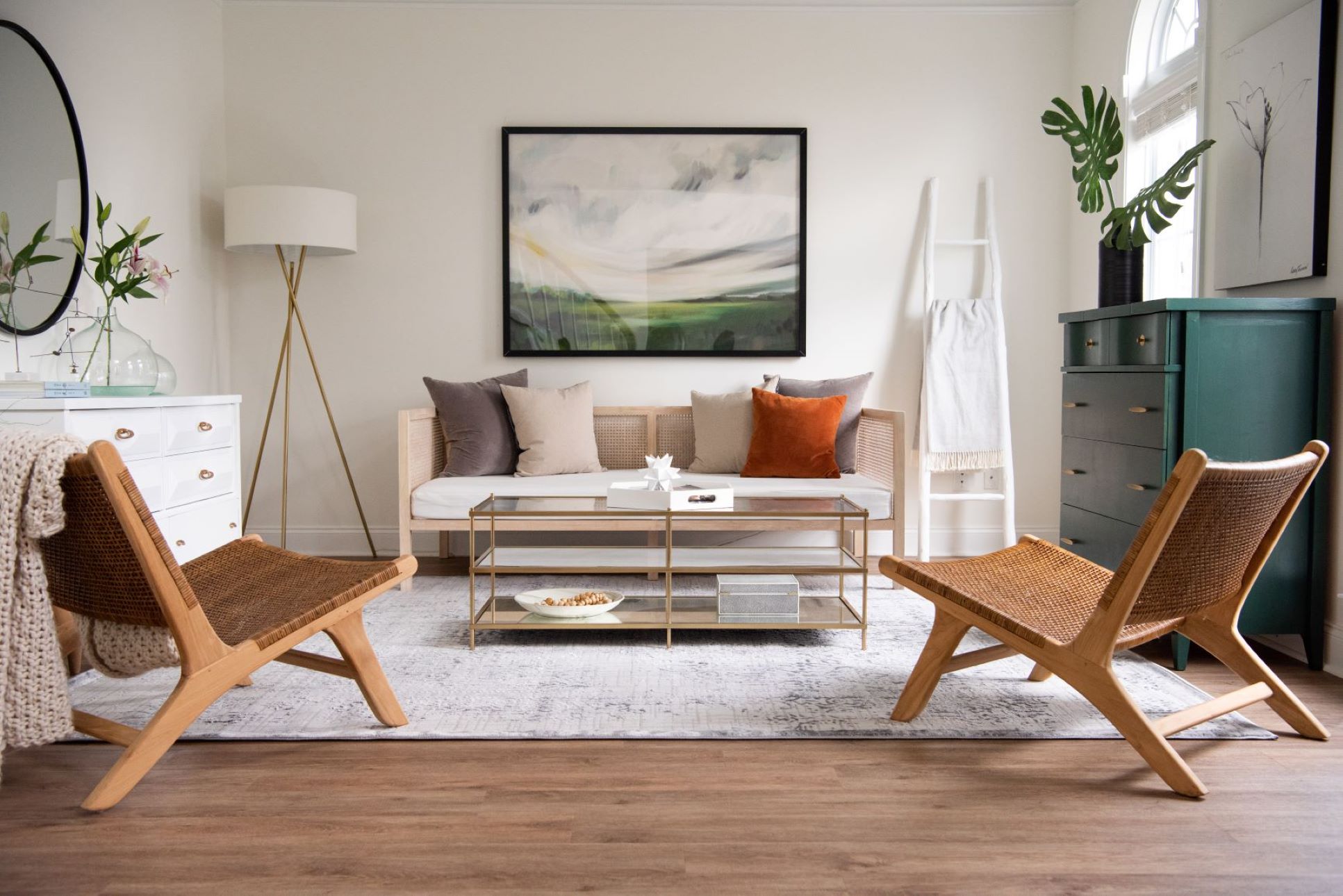

Articles
How To Choose Rugs
Modified: January 19, 2024
Discover helpful articles on how to choose the perfect rugs for your space. Get expert tips and advice to elevate your home décor and create a cozy atmosphere.
(Many of the links in this article redirect to a specific reviewed product. Your purchase of these products through affiliate links helps to generate commission for Storables.com, at no extra cost. Learn more)
Introduction
Rugs play a crucial role in adding warmth, comfort, and style to any space. Whether you’re decorating a living room, bedroom, or office, a well-chosen rug can tie the room together and create a cozy ambiance. With countless options available in terms of styles, sizes, materials, and designs, choosing the perfect rug can seem overwhelming. However, with a little guidance, you can make an informed decision that suits your space and personal preferences.
In this article, we will explore the key factors to consider when choosing rugs. From determining the right size and material to assessing the durability and maintenance requirements, we will provide you with valuable insights to help you make the best choice. Additionally, we will discuss the importance of considering your space, lifestyle, budget, and seeking professional assistance throughout the selection process.
By the end of this article, you will be equipped with the knowledge and confidence to choose the rugs that enhance the aesthetic appeal and functionality of your space. Let’s dive in!
Key Takeaways:
- Choose the perfect rug by evaluating your space, determining the right size, material, style, and considering durability, lifestyle, budget, and professional assistance. Make an informed decision that suits your needs and preferences.
- Enhance your space with a rug that adds warmth, comfort, and style. Consider factors such as space evaluation, size determination, material selection, style and design, durability, lifestyle, budget, and professional guidance.
Read more: How To Choose A Rug For The Dining Room
Importance of Rugs
Rugs serve more than just a decorative purpose in a room. They offer a wide range of benefits that contribute to the overall look and feel of the space. Here are some key reasons why rugs are important:
- Enhances Visual Appeal: Rugs are an excellent way to add a pop of color, pattern, or texture to a room. They can instantly uplift the aesthetics and create a focal point in the space.
- Defines Areas: Rugs help to define different functional areas within a room. Whether you want to separate the seating area in the living room or demarcate the dining area in an open floor plan, rugs provide a visual boundary.
- Provides Comfort and Warmth: Walking on a soft and plush rug feels much more comfortable than a bare floor. Rugs offer insulation, which helps to keep your feet warm during colder months.
- Reduces Noise: Rugs absorb sound, making them a great addition to rooms with hard flooring. They help to minimize echoes and reduce noise levels, creating a quieter and more peaceful environment.
- Protects Flooring: Rugs act as a protective layer for your flooring, especially in high-traffic areas. They prevent scratches, scuffs, and other damage that can occur from furniture or foot traffic.
- Creates Harmony: Rugs play a crucial role in tying the elements of a room together. They can coordinate with the colors and patterns of other furnishings, creating a cohesive and harmonious look.
Whether you are aiming for a cozy and inviting atmosphere or a sophisticated and elegant ambiance, rugs are an essential element in achieving your desired aesthetic. Now that we understand the importance of rugs, let’s explore the factors you need to consider when choosing the perfect rug for your space.
Consider Your Space
Before you start browsing through rug options, it’s important to evaluate your space and consider its unique characteristics. Here are a few factors to keep in mind:
- Room Size: Take measurements of the room to determine the appropriate rug size. Consider how much floor space you want to cover and how much border space you want to leave around the edges.
- Furniture Placement: Take note of the furniture arrangement in the room. If you have a dining table or a coffee table, make sure the rug is large enough to accommodate all the furniture and extends beyond the edges to create a balanced look.
- Room Function: The function of the room will also influence your rug choice. For instance, in a bedroom, you may want a soft and plush rug to create a cozy feel, while in a high-traffic area like the entryway or hallway, you may opt for a more durable and easy-to-clean rug.
- Existing Decor: Take into account the colors, patterns, and overall style of your existing decor. Consider whether you want the rug to blend in with the surroundings or make a bold statement as a focal point.
Understanding your space will help you narrow down your options and make informed decisions about the size, style, and design of the rug. With a clear vision of how the rug will fit into your space, you’re one step closer to finding the perfect rug. Let’s move on to the next factor: determining the rug size.
Determine the Rug Size
When it comes to choosing the right rug size, there are a few guidelines to consider. The size of the rug should be determined by the dimensions of the room and the placement of furniture. Here are some tips to help you determine the ideal rug size:
- Living Room: In a living room, the rug should be large enough to accommodate the main seating area. Ideally, all the furniture legs should be on the rug or at least the front legs should be. This helps to create a cohesive and visually appealing arrangement.
- Dining Room: In a dining room, choose a rug that is large enough to allow for the chairs to be pulled back without falling off the rug. A good rule of thumb is to leave around 24 inches of rug space beyond the table edges.
- Bedroom: For a bedroom, consider placing a rug underneath the bed. You can choose a rug that extends beyond the bed’s perimeter or opt for smaller rugs on each side of the bed to create a runner-like effect.
- Hallway or Entryway: In narrow spaces like hallways or entryways, opt for a runner rug that spans the length of the area. This will help to visually elongate the space and create a welcoming entrance.
Remember to take accurate measurements of the room and the furniture placement to ensure you choose a rug size that fits perfectly. A rug that is too small can make the room feel disjointed, while a rug that is too large can overwhelm the space. By determining the appropriate rug size, you’re on your way to finding the right rug for your space.
Now that we’ve covered the importance of rugs and how to consider your space and determine the rug size, let’s move on to the next factor: choosing the right material.
Choose the Right Material
The material of a rug not only determines its look and feel but also its durability and maintenance requirements. Different materials offer unique benefits and suit different areas of the home. Here are some popular rug materials and their characteristics:
- Wool: Wool rugs are naturally soft, durable, and resistant to stains. They have excellent insulating properties, making them ideal for colder climates. Wool rugs are also known for their ability to resist crushing and bouncing back to their original shape.
- Cotton: Cotton rugs are lightweight, soft, and easy to clean. They are a great option for casual and low-traffic areas. Cotton rugs are also usually more affordable compared to other materials.
- Jute: Jute rugs are made from natural plant fibers, providing a rustic and earthy look. They are durable and can add texture to a space. However, jute rugs are less stain-resistant and may require more maintenance.
- Synthetic: Synthetic rugs, such as nylon or polyester, are known for their durability and affordability. They are resistant to stains, fading, and moisture, making them suitable for high-traffic areas and spaces prone to spills.
- Silk: Silk rugs are luxurious and have a smooth, lustrous texture. They offer a touch of elegance and are often used in formal or low-traffic areas. However, silk rugs can be more delicate and require extra care.
Consider the function of the space and your lifestyle when choosing the rug material. For high-traffic areas, durable and stain-resistant materials like wool or synthetic fibers are recommended. In low-traffic areas, you can opt for more delicate materials like silk or jute. It’s also important to consider any allergies or sensitivities to certain materials.
By choosing the right material, you ensure that your rug not only looks beautiful but also stands up to the demands of your household. Now that we’ve discussed the importance of rugs, evaluating your space, determining the rug size, and choosing the right material, let’s move on to the next factor: considering the style and design.
Read more: How To Choose A Dining Room Rug
Consider the Style and Design
When choosing a rug, it’s important to consider the style and design that will complement your space and personal taste. The style of the rug can have a significant impact on the overall aesthetics of the room. Here are some tips to help you find the right style and design:
- Match or Contrast: Consider whether you want the rug to blend in with the existing decor or stand out as a statement piece. Matching the rug to the furniture and color palette creates a cohesive look, while contrasting colors and patterns can add visual interest.
- Pattern and Texture: Decide on the level of pattern and texture you want in your rug. Geometric patterns, floral designs, or abstract motifs can add character to a room. Texture can range from a smooth and sleek feel to a more rustic and textured finish.
- Traditional or Contemporary: Determine whether you prefer a traditional or contemporary rug style. Traditional rugs often feature intricate patterns and ornate details, while contemporary rugs tend to have simpler designs and clean lines.
- Size of the Design: Consider the size of the design pattern in relation to the room and furniture. In a small room, a large-scale design might overwhelm the space, while in a larger room, a small-scale design might get lost.
- Consider Trends and Timelessness: Take into account current design trends, but also think about the longevity of the rug’s style. Choose a design that you will love for years to come and won’t quickly go out of fashion.
Remember to take into account your personal preferences and the overall theme and atmosphere you want to create in the room. Consider browsing through design magazines or online platforms for inspiration and to get a sense of different styles. By selecting a rug style and design that suits your space and aesthetic preferences, you can create a visually pleasing and harmonious environment.
Now that we’ve explored the importance of rugs, evaluating your space, determining the rug size, choosing the right material, and considering the style and design, let’s move on to the next factor: evaluating the durability and maintenance of the rug.
Evaluate the Durability and Maintenance
When choosing a rug, it’s important to consider its durability and maintenance requirements. Different materials and constructions offer varying levels of durability and ease of care. Here are some factors to consider:
- High-Traffic Areas: If the rug will be placed in a high-traffic area, such as the living room or hallway, opt for a rug that can withstand heavy foot traffic. Materials like wool, nylon, or polypropylene are known for their durability and resistance to wear and tear.
- Stain Resistance: Evaluate the stain resistance of the rug material. Some rugs, like those made of synthetic fibers, are inherently more resistant to stains, making them easier to clean and maintain.
- Maintenance Requirements: Consider how much time and effort you’re willing to dedicate to rug maintenance. Some materials may require regular vacuuming, professional cleaning, or spot treatment. Make sure to choose a rug that fits your lifestyle and maintenance preferences.
- Quality of Construction: Assess the quality of the rug’s construction, including the density of the fibers and the strength of the backing. A well-constructed rug will be more durable and less prone to unraveling or shedding.
- Adherence to Care Instructions: Read and follow the care instructions provided by the manufacturer to ensure the longevity of the rug. Improper cleaning methods or neglecting maintenance requirements can lead to damage and decrease the lifespan of the rug.
Considering the durability and maintenance requirements of a rug will help you choose a product that can withstand everyday use and retain its beauty over time. Assess your lifestyle, the level of foot traffic in the area, and how much time you can dedicate to maintenance to make an informed decision.
Now that we’ve discussed the importance of rugs, evaluating your space, determining the rug size, choosing the right material, considering the style and design, and evaluating the durability and maintenance, let’s move on to the next factor: taking into account your lifestyle.
When choosing a rug, consider the size of the room and the furniture layout. A larger room can accommodate a larger rug, while a smaller room may benefit from a smaller rug to create a cozier feel.
Take Into Account Your Lifestyle
When selecting a rug, it’s essential to consider your lifestyle and how the rug will fit into your everyday activities. Here are some factors to keep in mind:
- Pets and Children: If you have pets or children, choose a rug that is durable, stain-resistant, and easy to clean. Opt for materials that can withstand the occasional spills, stains, and pet accidents.
- Allergies: If you or someone in your household has allergies or sensitivities, consider rugs made from hypoallergenic materials. Natural fibers like wool and cotton are less likely to trap dust and allergens compared to synthetic materials.
- Outdoor Use: If you plan to use a rug in an outdoor area, such as a patio or deck, consider rugs specifically designed for outdoor use. These rugs are typically made from materials that can withstand exposure to sunlight, rain, and other outdoor elements.
- Ease of Cleaning: Consider how easy it will be to clean the rug. Some materials are more resistant to stains and easier to clean, while others may require more specialized cleaning methods. Choose a rug that aligns with your cleaning preferences and capabilities.
- Comfort: If comfort is a priority, opt for rugs with a thicker pile or softer materials like wool or cotton. These rugs offer a luxurious and cozy feel underfoot.
By considering your lifestyle, you can choose a rug that suits your needs and enhances your daily life. Whether you have a busy household with pets and children or prefer a low-maintenance option, there are rugs available to accommodate your lifestyle.
Now that we’ve explored the importance of rugs, considering your space, determining the rug size, choosing the right material, considering the style and design, evaluating the durability and maintenance, and taking into account your lifestyle, let’s move on to the next factor: determining your budget.
Determine the Budget
Setting a budget is an important factor to consider when choosing a rug. Rugs come in a wide range of prices, depending on factors such as size, material, complexity of design, and brand. Here are some tips to help you determine your budget:
- Set a Realistic Range: Determine how much you are willing to spend on a rug. Consider your overall budget for the room and allocate a portion of it for the rug.
- Factor in Longevity: Keep in mind that a well-made rug can last for many years, serving as a long-term investment in your space. Consider the durability and quality of the rug when deciding on your budget.
- Compare Prices: Research and compare prices from different retailers to get an idea of the average price range for the type of rug you are looking for. Don’t forget to consider any additional costs such as shipping or installation.
- Consider Secondhand and Vintage Options: If you have a limited budget, consider exploring secondhand or vintage rugs. These options can often provide unique and high-quality rugs at a more affordable price.
- Be Flexible: Be prepared to be flexible with your budget. Sometimes, you may come across a rug that exceeds your initial budget but is perfect for your space. Consider whether it’s worth adjusting your budget to accommodate it.
By determining your budget, you can narrow down your options and focus on rugs that fall within your price range. Remember that the cost of a rug is not the sole indicator of its quality or suitability for your space. It’s important to find a rug that meets both your budget requirements and your aesthetic and functional needs.
Now that we’ve discussed the importance of rugs, evaluating your space, determining the rug size, choosing the right material, considering the style and design, evaluating the durability and maintenance, taking into account your lifestyle, and determining your budget, let’s move on to the next factor: evaluating comfort and texture.
Read more: How To Choose A Living Room Rug
Evaluate Comfort and Texture
When selecting a rug, it’s important to consider both its comfort and texture, as these factors can greatly contribute to the overall feel and ambiance of a room. Here are some considerations to keep in mind:
- Softness: If comfort is a priority, opt for rugs with a soft and plush texture. Materials like wool or cotton tend to offer a luxurious feel underfoot.
- Pile Height: The pile height refers to the thickness of the rug’s fibers. Higher pile rugs, such as shag rugs, can provide extra cushioning and a cozy feel, while lower pile rugs are easier to clean and maintain.
- Texture: Consider the texture of the rug and how it will fit with the overall aesthetic of the room. Choices range from smooth and sleek textures to more textured and nubby finishes, each offering a distinct look and feel.
- Layering: Layering rugs can add depth and dimension to a space while providing extra cushioning. Consider layering a smaller, more textured rug over a larger, neutral one for added visual interest and comfort.
- Barefoot Comfort: If you often walk barefoot on the rug, consider materials that are soft and gentle on the skin, such as natural fibers like wool or silk.
Take the time to touch and feel different rug options to evaluate their comfort and texture. Keep in mind that comfort is subjective, so choose a rug that aligns with your personal preferences for how it should feel underfoot. A rug that adds comfort and texture can truly enhance the overall look and feel of your space.
Now that we’ve explored the importance of rugs, considering your space, determining the rug size, choosing the right material, considering the style and design, evaluating the durability and maintenance, taking into account your lifestyle, determining your budget, and evaluating comfort and texture, let’s move on to the final factor: seeking professional assistance.
Seek Professional Assistance
Choosing the perfect rug for your space can be a complex process, and sometimes it’s helpful to seek professional assistance. Interior designers or rug specialists can provide expert advice and guidance specific to your needs. Here are some reasons why you should consider seeking professional assistance:
- Expert Knowledge: Professionals have in-depth knowledge of different rug materials, styles, and trends. They can help you navigate through the vast array of options and provide insights on what would best suit your space.
- Space Planning: Professionals can assist you in properly assessing your space and determining the ideal rug size, placement, and layout to achieve a balanced and cohesive look.
- Customization: If you have specific design requirements or unique spaces, professionals can guide you in customizing a rug to fit your needs. They can assist in choosing custom sizes, patterns, colors, or even help with rug design collaborations.
- Access to Exclusive Resources: Design professionals often have access to a wider range of rug options, including exclusive suppliers and collections. They can help source unique and high-quality rugs that are not readily available to the general public.
- Budget Optimization: Professionals can help you make the most of your budget by providing options that align with your preferred price range and ensuring you get the best value for your money.
Engaging the services of a professional can streamline the rug selection process, saving you time and ensuring you make a well-informed decision. They can work closely with you to understand your vision and preferences, and collaborate to create a space that reflects your style and personality.
Now that we’ve covered all the factors to consider when choosing a rug, you are equipped with the knowledge to make an informed decision. Remember, selecting the right rug is not only about aesthetics but also about functionality and how it enhances your space. Take your time, consider your options, and don’t hesitate to seek professional assistance if needed. Happy rug shopping!
HTML validation of the produced content:
Seek Professional Assistance
Choosing the perfect rug for your space can be a complex process, and sometimes it’s helpful to seek professional assistance. Interior designers or rug specialists can provide expert advice and guidance specific to your needs. Here are some reasons why you should consider seeking professional assistance:
- Expert Knowledge: Professionals have in-depth knowledge of different rug materials, styles, and trends. They can help you navigate through the vast array of options and provide insights on what would best suit your space.
- Space Planning: Professionals can assist you in properly assessing your space and determining the ideal rug size, placement, and layout to achieve a balanced and cohesive look.
- Customization: If you have specific design requirements or unique spaces, professionals can guide you in customizing a rug to fit your needs. They can assist in choosing custom sizes, patterns, colors, or even help with rug design collaborations.
- Access to Exclusive Resources: Design professionals often have access to a wider range of rug options, including exclusive suppliers and collections. They can help source unique and high-quality rugs that are not readily available to the general public.
- Budget Optimization: Professionals can help you make the most of your budget by providing options that align with your preferred price range and ensuring you get the best value for your money.
Engaging the services of a professional can streamline the rug selection process, saving you time and ensuring you make a well-informed decision. They can work closely with you to understand your vision and preferences, and collaborate to create a space that reflects your style and personality.
Now that we’ve covered all the factors to consider when choosing a rug, you are equipped with the knowledge to make an informed decision. Remember, selecting the right rug is not only about aesthetics but also about functionality and how it enhances your space. Take your time, consider your options, and don’t hesitate to seek professional assistance if needed. Happy rug shopping!
The HTML content is valid.
Conclusion
Choosing the perfect rug for your space is a decision that should not be taken lightly. Rugs have a significant impact on the overall look and feel of a room, adding warmth, comfort, and style. By considering factors such as your space, rug size, material, style, durability, lifestyle, budget, and seeking professional assistance when needed, you can make an informed decision that suits your needs and preferences.
Start by evaluating your space and determining the rug size that best fits your room and furniture arrangement. Consider the right material based on factors such as durability, maintenance, and comfort. Pay attention to the style and design of the rug to ensure it complements your existing decor and personal style. Assess the durability and maintenance requirements to ensure the rug can withstand your lifestyle and is easy to care for.
Setting a budget and seeking professional assistance, when necessary, can help streamline the process and ensure you make the most informed decision. Don’t forget to take into account the comfort and texture of the rug, as these factors contribute to the overall feel and ambiance of the space.
Ultimately, choosing a rug is a personal decision that should reflect your style, enhance your space, and meet your practical needs. With the information and considerations provided in this article, you are now equipped to navigate the rug selection process with confidence. So, take your time, explore various options, and select a rug that brings comfort, beauty, and individuality to your home.
HTML validation of the produced content:
Conclusion
Choosing the perfect rug for your space is a decision that should not be taken lightly. Rugs have a significant impact on the overall look and feel of a room, adding warmth, comfort, and style. By considering factors such as your space, rug size, material, style, durability, lifestyle, budget, and seeking professional assistance when needed, you can make an informed decision that suits your needs and preferences.
Start by evaluating your space and determining the rug size that best fits your room and furniture arrangement. Consider the right material based on factors such as durability, maintenance, and comfort. Pay attention to the style and design of the rug to ensure it complements your existing decor and personal style. Assess the durability and maintenance requirements to ensure the rug can withstand your lifestyle and is easy to care for.
Setting a budget and seeking professional assistance, when necessary, can help streamline the process and ensure you make the most informed decision. Don’t forget to take into account the comfort and texture of the rug, as these factors contribute to the overall feel and ambiance of the space.
Ultimately, choosing a rug is a personal decision that should reflect your style, enhance your space, and meet your practical needs. With the information and considerations provided in this article, you are now equipped to navigate the rug selection process with confidence. So, take your time, explore various options, and select a rug that brings comfort, beauty, and individuality to your home.
The HTML content is valid.
Frequently Asked Questions about How To Choose Rugs
Was this page helpful?
At Storables.com, we guarantee accurate and reliable information. Our content, validated by Expert Board Contributors, is crafted following stringent Editorial Policies. We're committed to providing you with well-researched, expert-backed insights for all your informational needs.
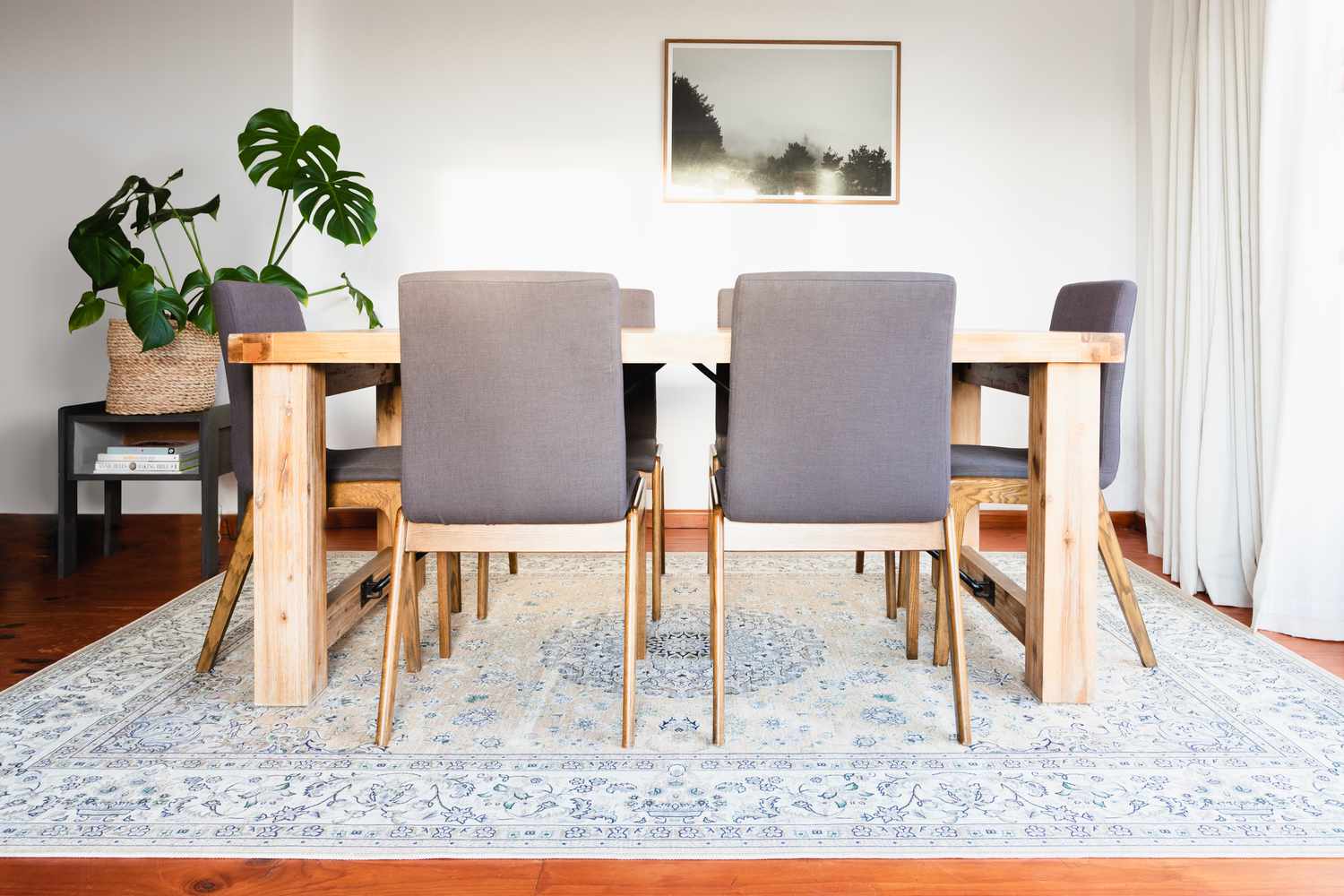
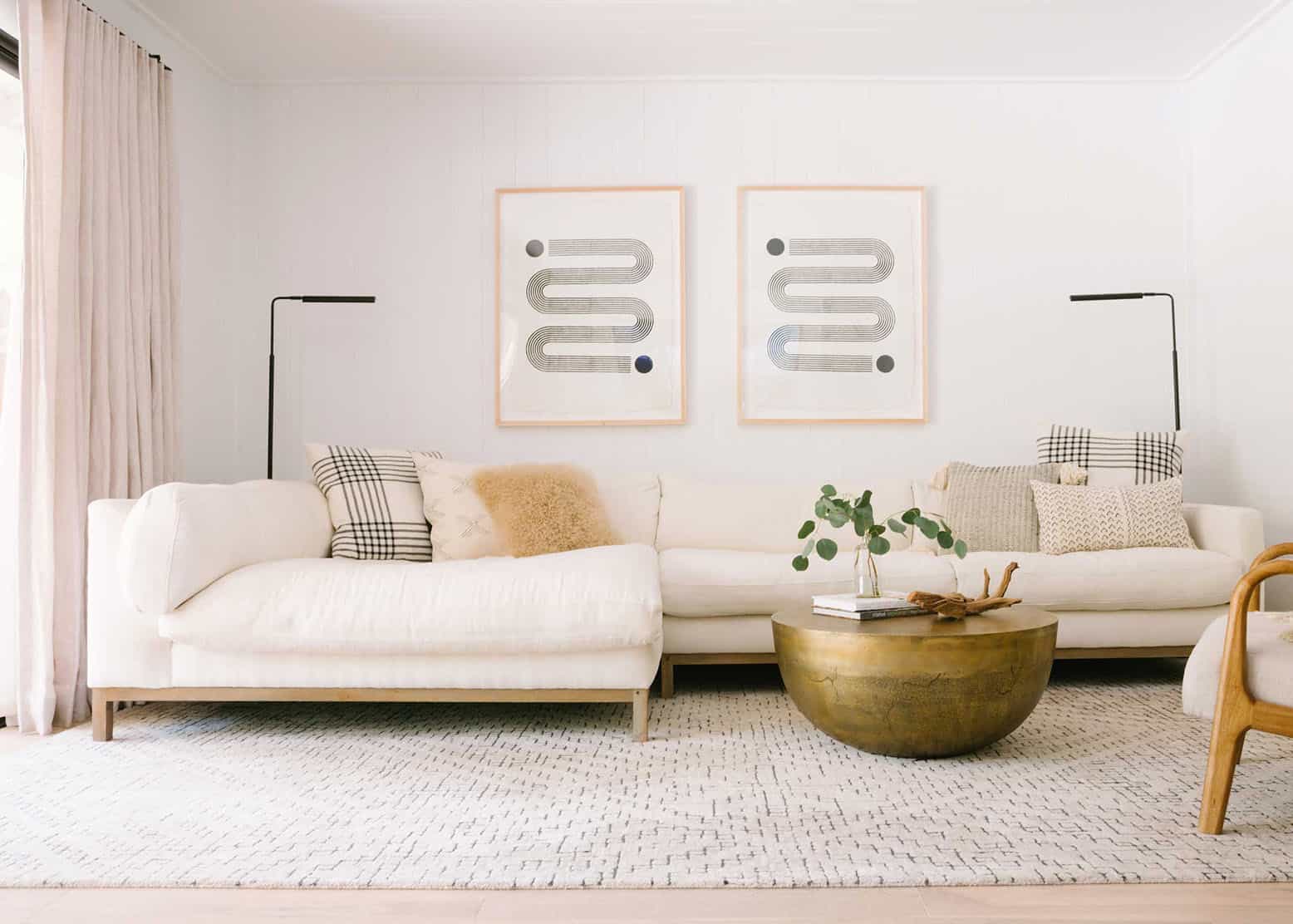
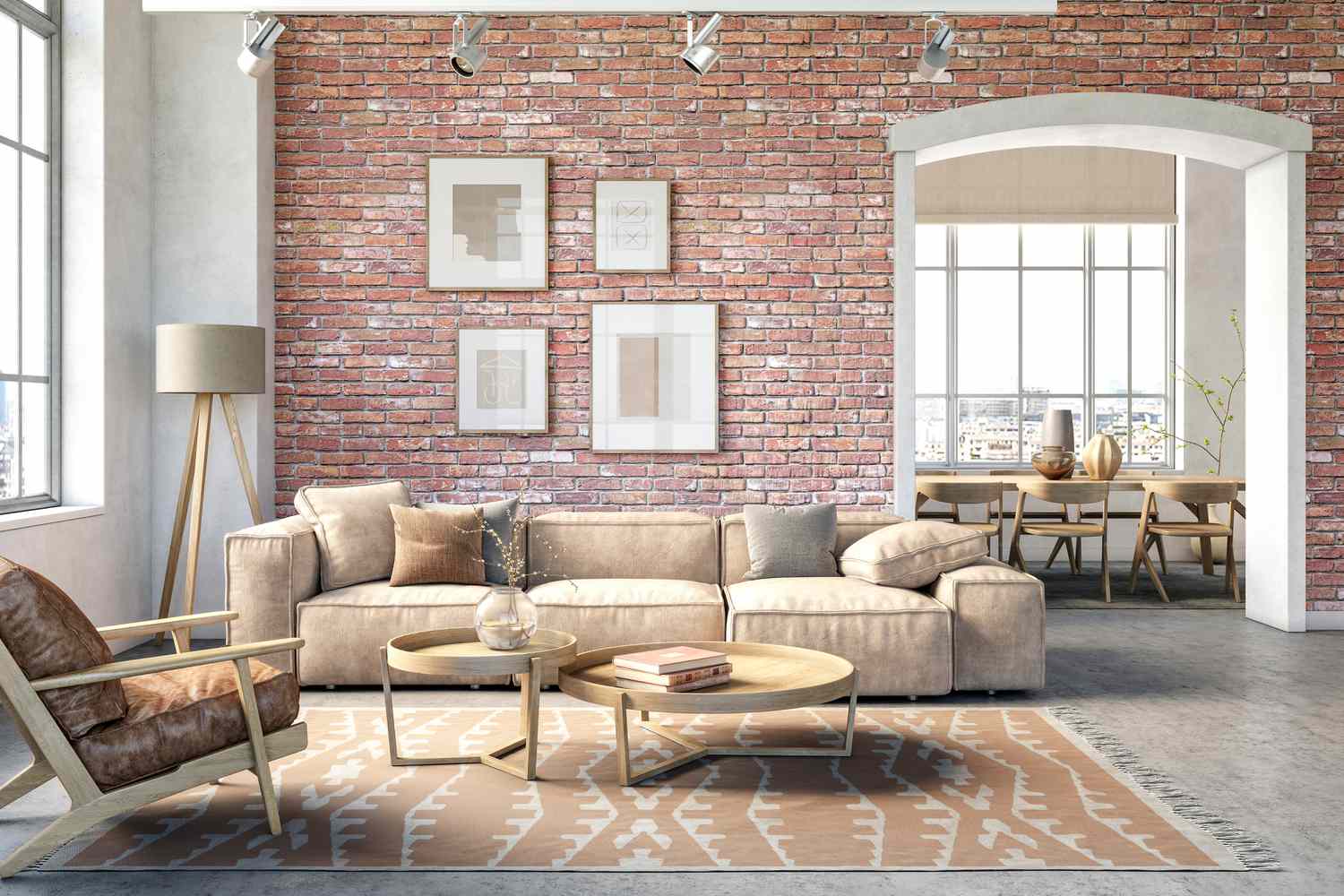
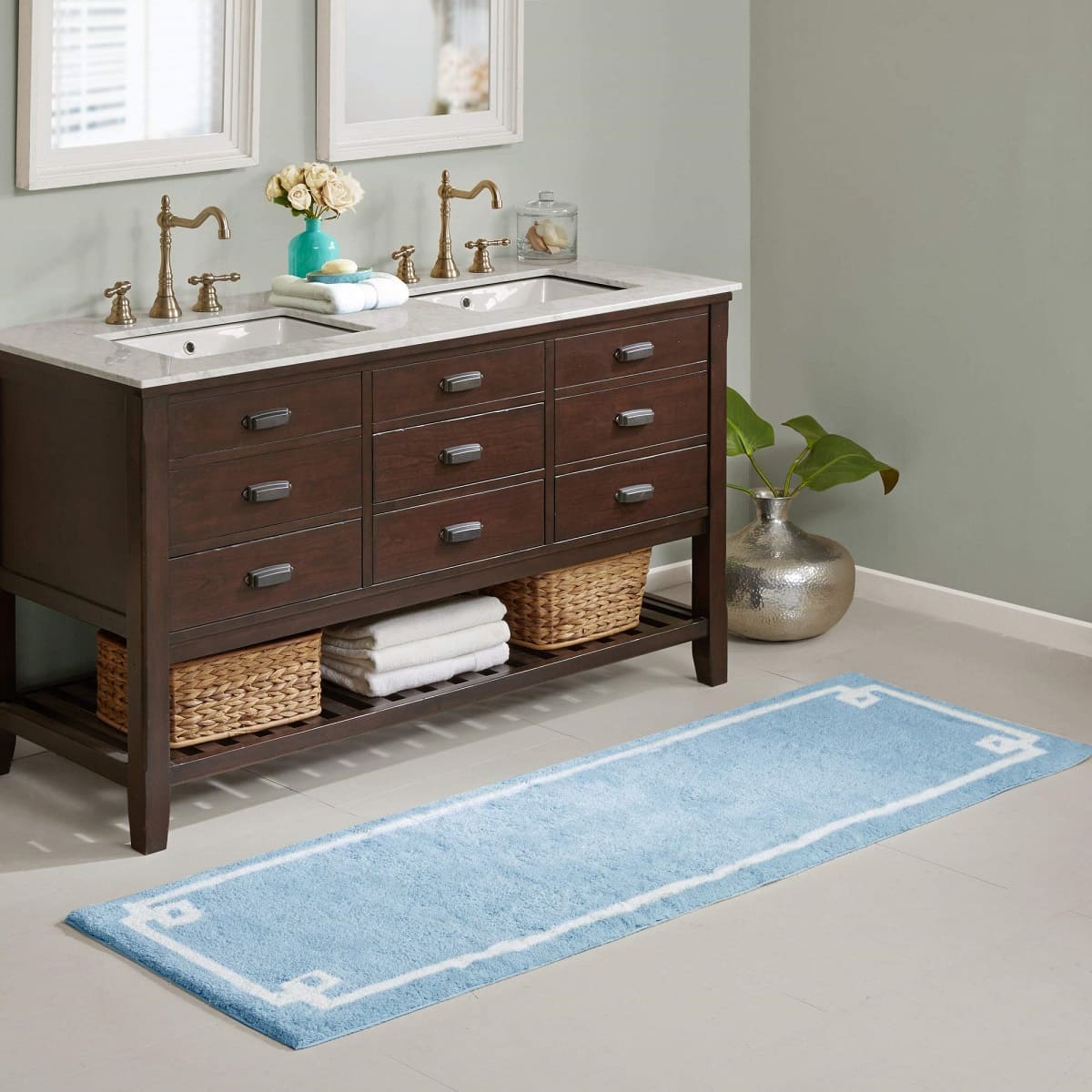
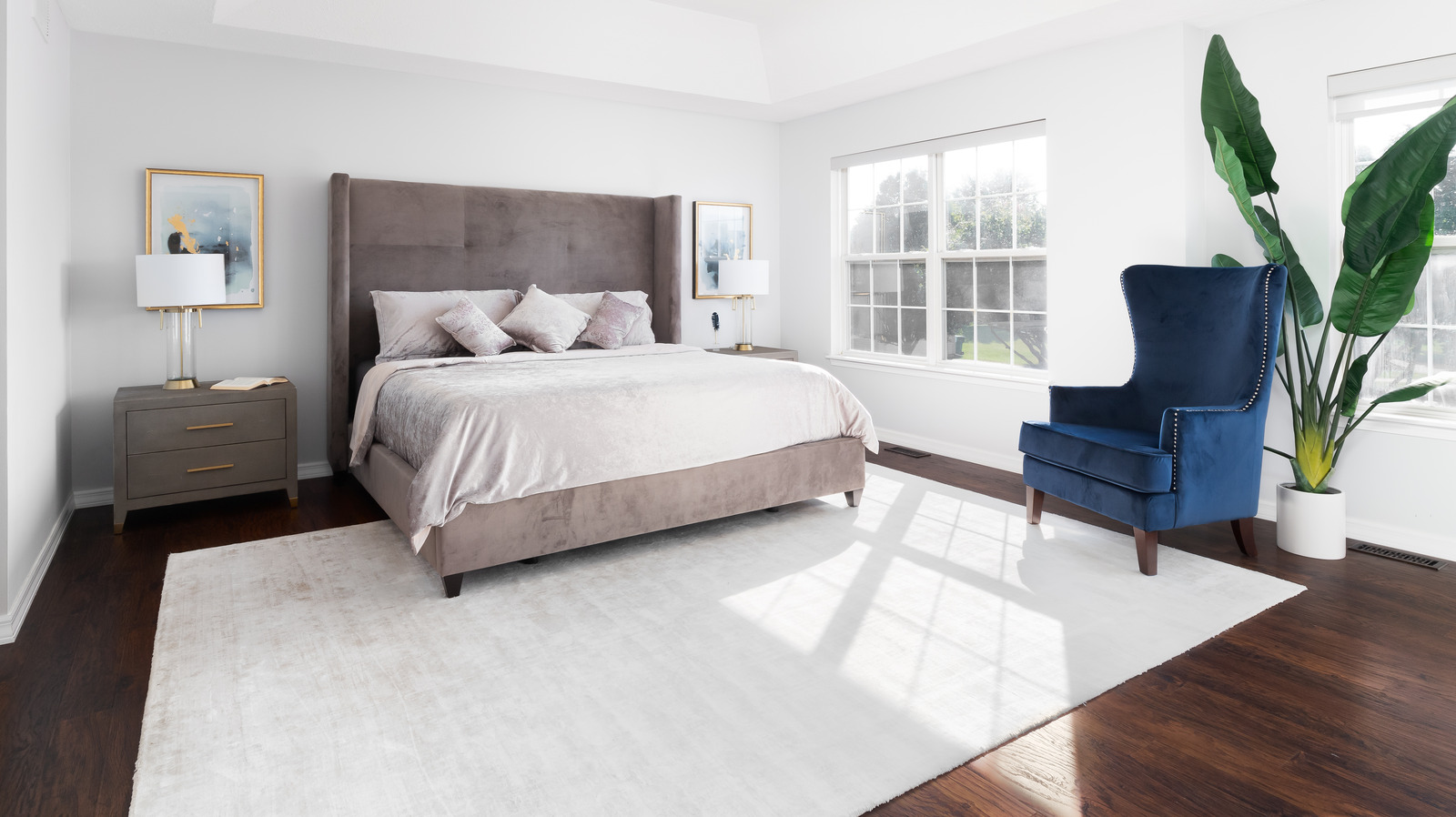
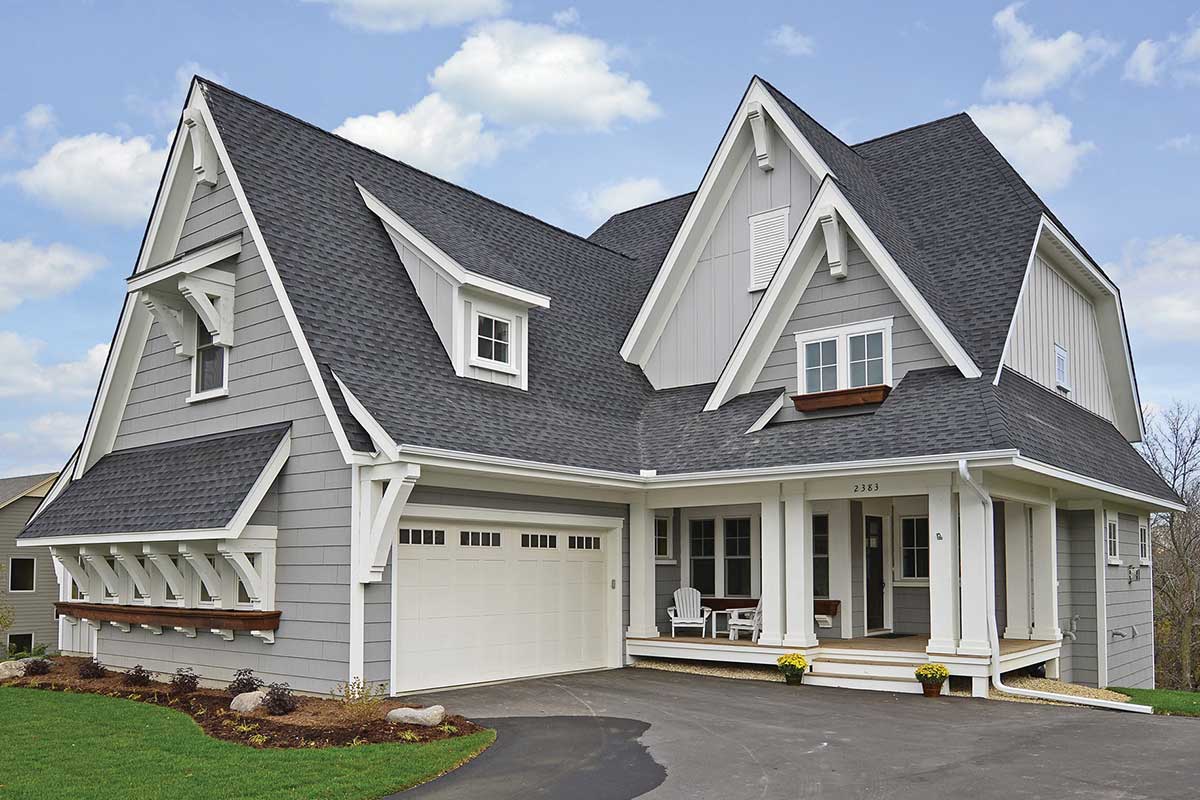
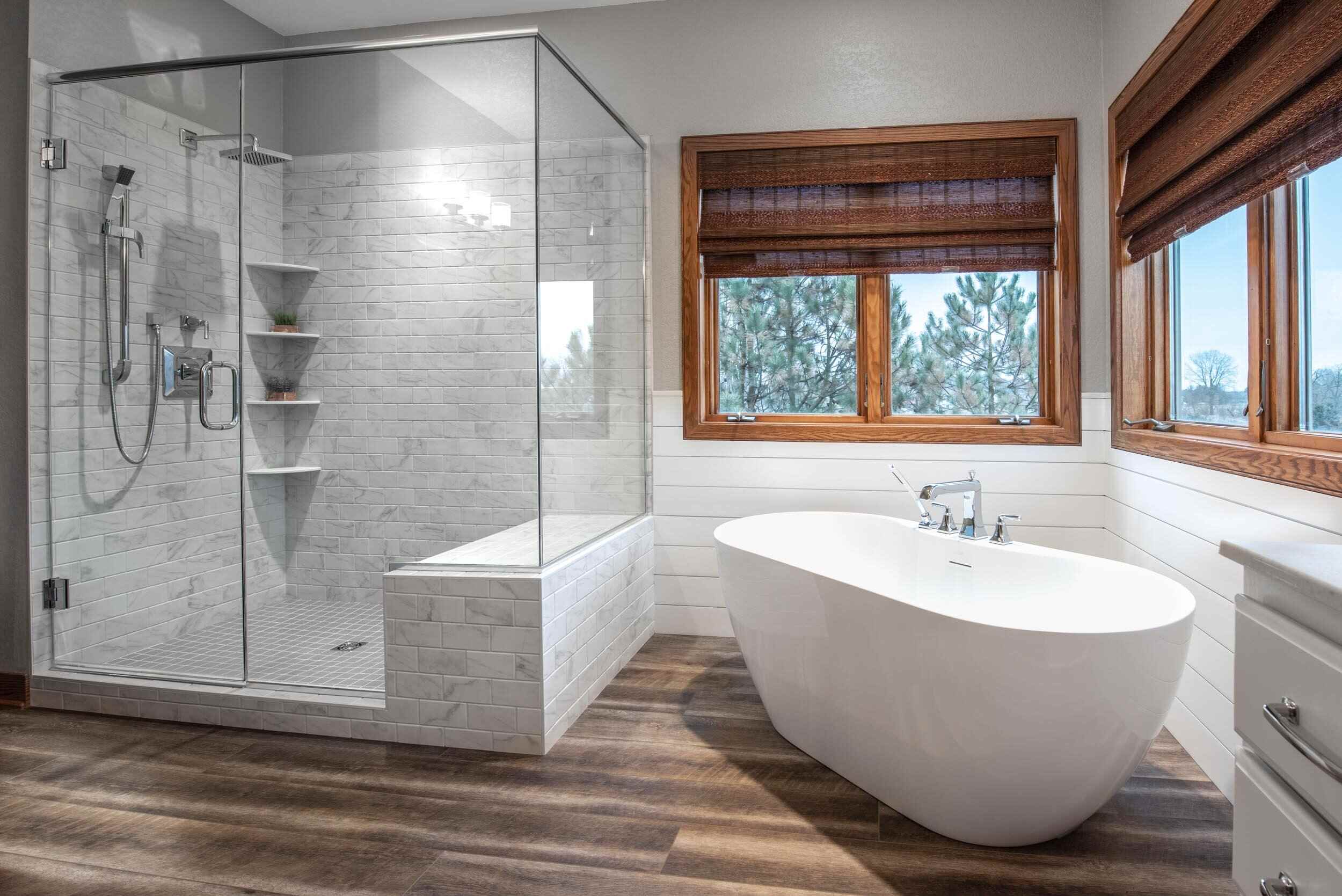
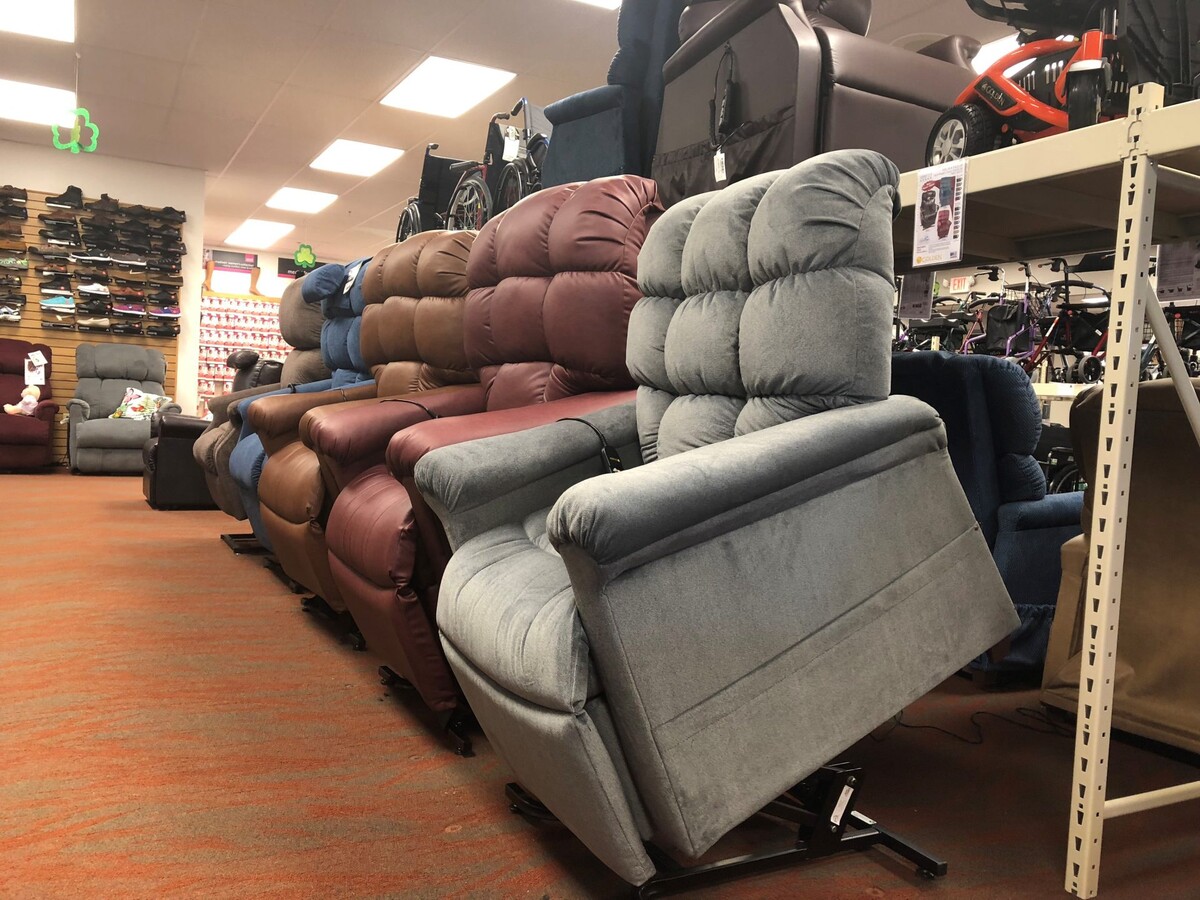
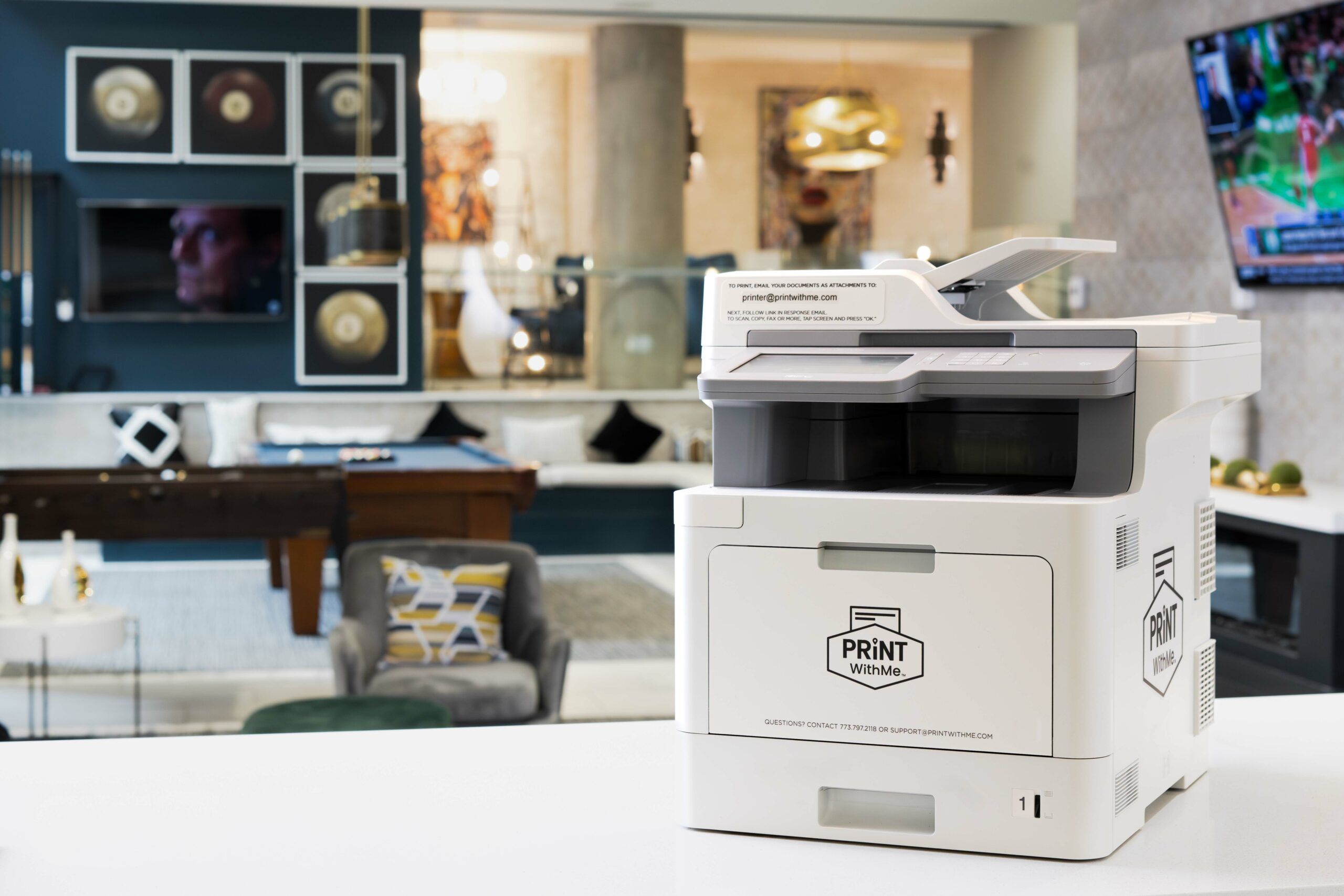

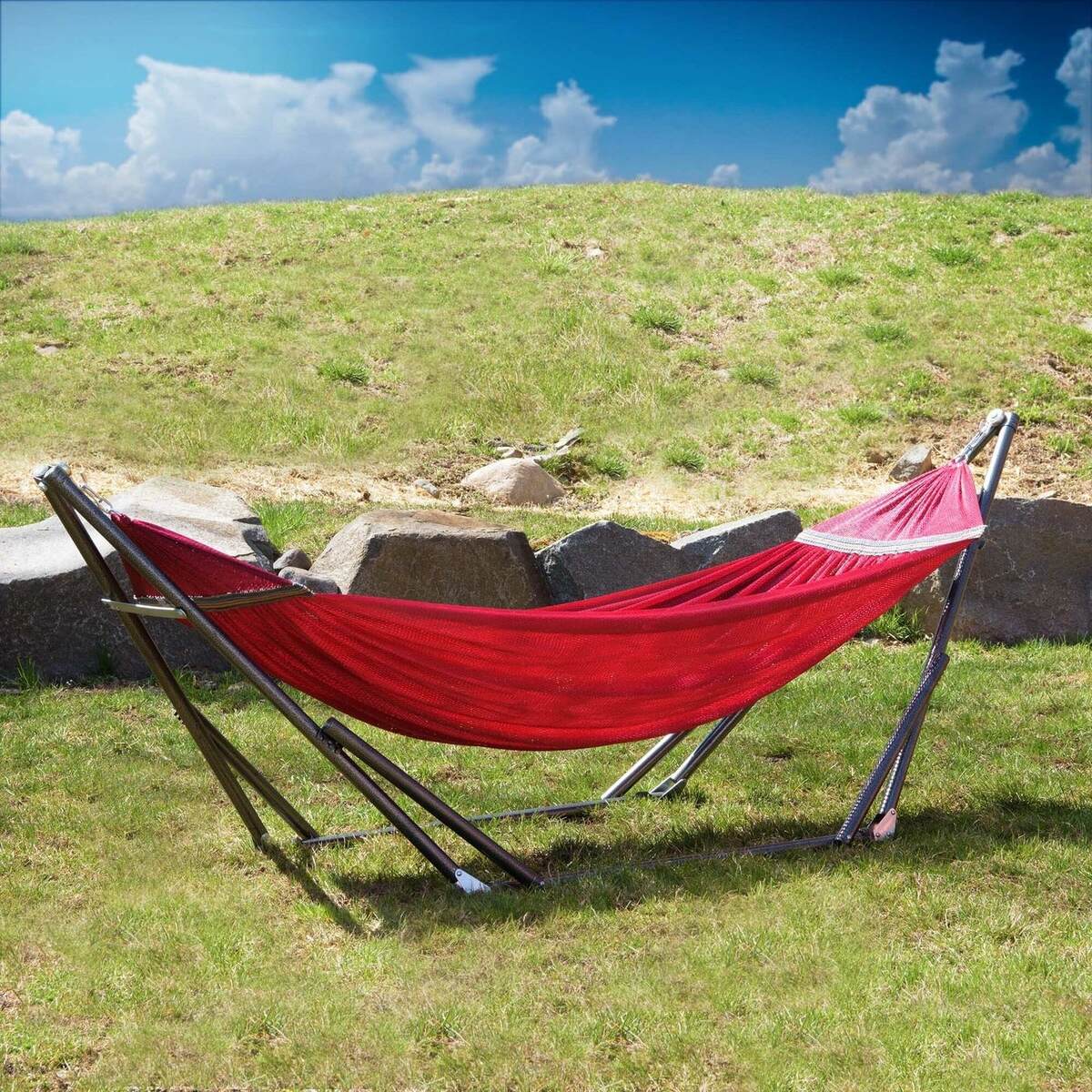
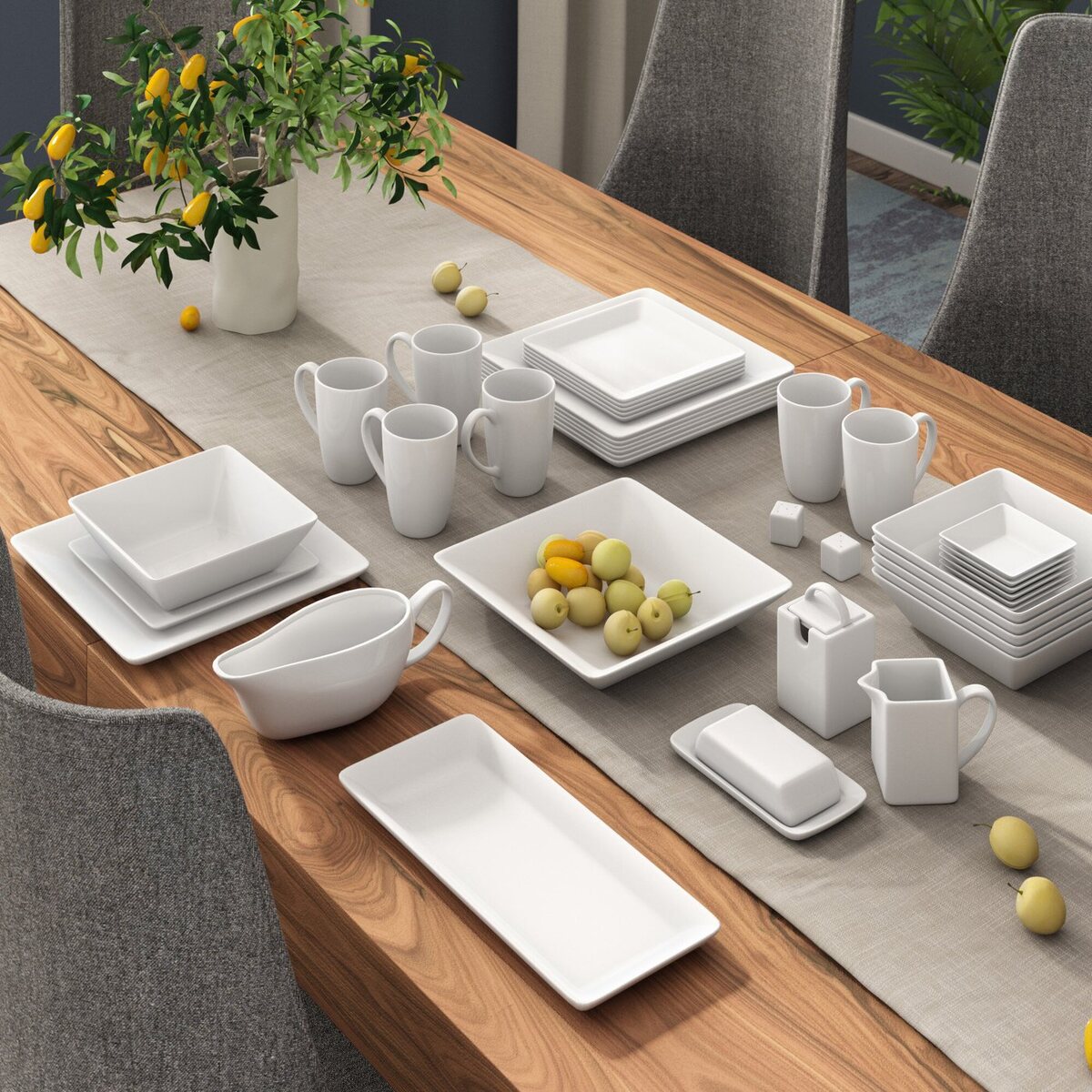

0 thoughts on “How To Choose Rugs”